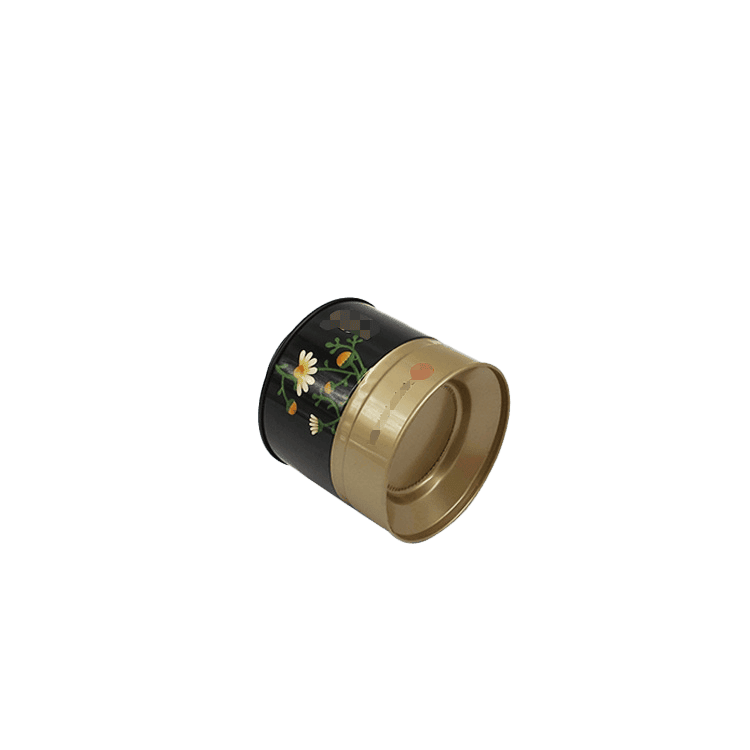
Designing decorative spice tins with labels requires attention to both aesthetics and functionality. Here are some design suggestions to create an appealing and practical product:
1. **Material and Finish**:
- Opt for high-quality tin material that can protect the spices from light and air.
- Consider a matte or satin finish for a premium feel, or a glossy finish for a more traditional look.
2. **Color Palette**:
- Use vibrant colors that represent the spices inside, but ensure consistency in the palette for a cohesive collection.
- Consider color-coding to help users quickly identify different spices.
3. **Typography**:
- Choose fonts that are easy to read, considering the small size of tins. A sans-serif font often works well.
- Use different font weights or styles for the spice name and other information to create a visual hierarchy.
4. **Imagery and Patterns**:
- Incorporate illustrations or icons that represent the spice, such as a chili pepper for cayenne or a leaf for basil.
- Use patterns inspired by the spice's origin, like Moroccan tiles for cumin or Indian paisley patterns for turmeric.
5. **Labels**:
- Ensure labels are durable and resistant to kitchen spills and smudges.
- Include clear, legible text for the spice name, expiration date, and perhaps a brief description or suggested uses.
- Consider using a transparent label area or a window to show off the actual spice.
- Allow some space on the label for users to write the purchase date or any additional information.
6. **Shape and Size**:
- Choose a practical shape that is easy to store and stack, such as cylindrical or square.
- Consider uniform sizes for ease of storage, even if the capacity varies slightly for different spices.

7. **Lid Design**:
- Use lids that provide an airtight seal to maintain freshness.
- Consider a dual-function lid with shaker holes on one side and an opening for measuring spoons on the other.
8. **Sustainability**:
- If possible, use environmentally friendly materials for both the tins and labels.
- Design the tins to be reusable or refillable to encourage sustainability.
9. **Legal and Practical Information**:
- Make sure to include any necessary legal information such as nutritional facts, allergens, and country of origin.
- Keep this information in a discreet but accessible area of the label.
10. **Series and Collections**:
- If offering a series of spices, design the tins so they form an attractive collection when presented together.
- Consider thematic collections, such as "Italian Herbs" or "Baking Spices," with unified designs that differentiate each set.
11. **Interactive Elements**:
- You might include a QR code that links to recipes or the history of the spice.
12. **Packaging**:
- If selling as a set, design an attractive outer packaging that complements the individual tins, offering information about the set as a whole.
13. **Consistency with Brand**:
- Ensure that the overall design aligns with your brand's image and values.
By combining visual appeal with practical considerations, you can create decorative spice tins with labels that are both beautiful and useful for consumers.